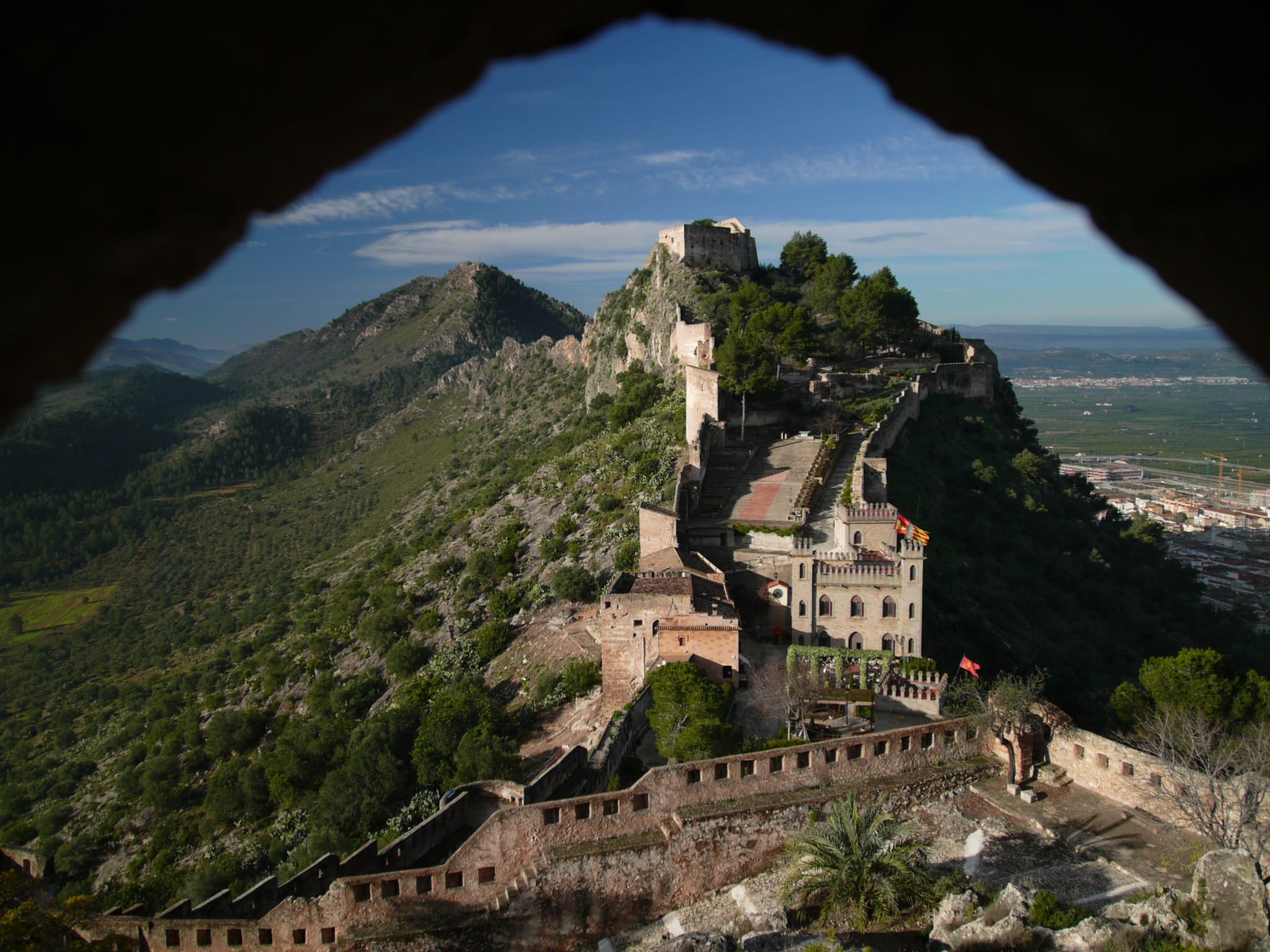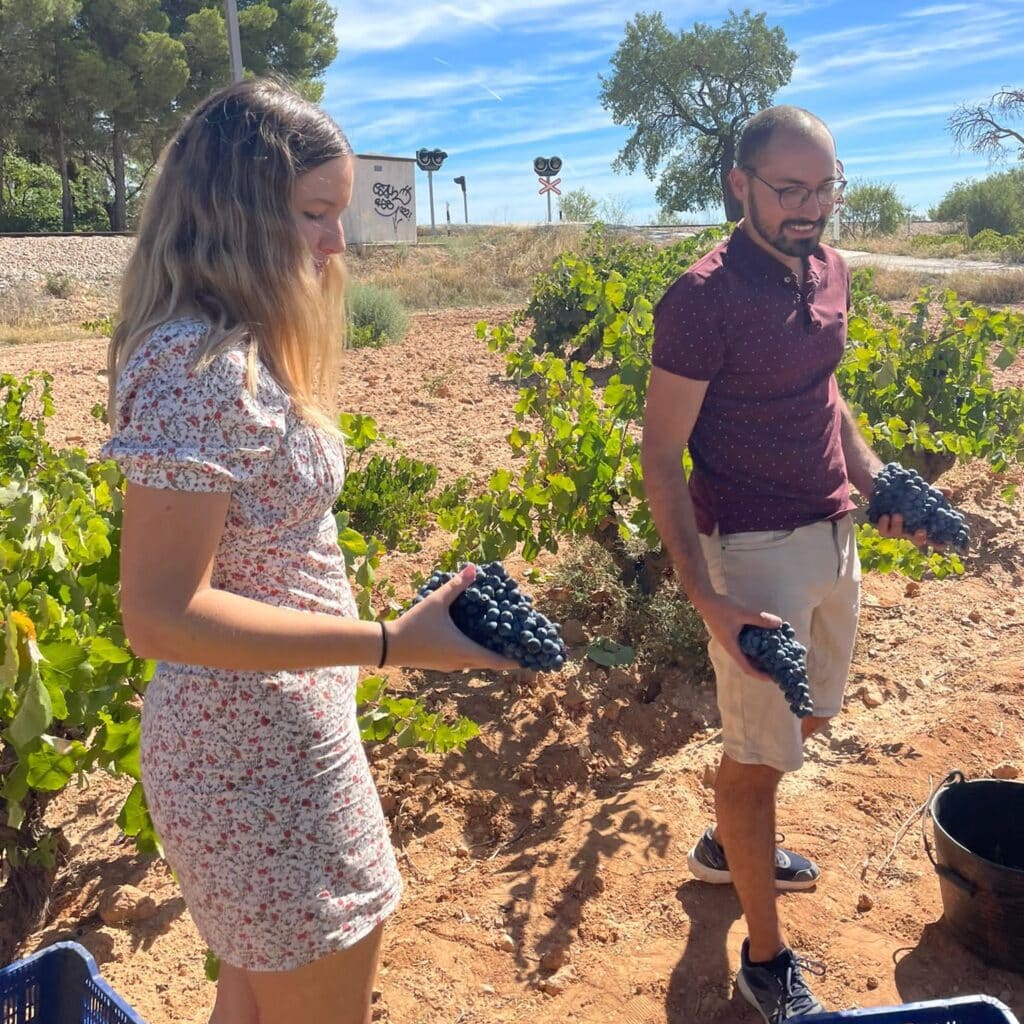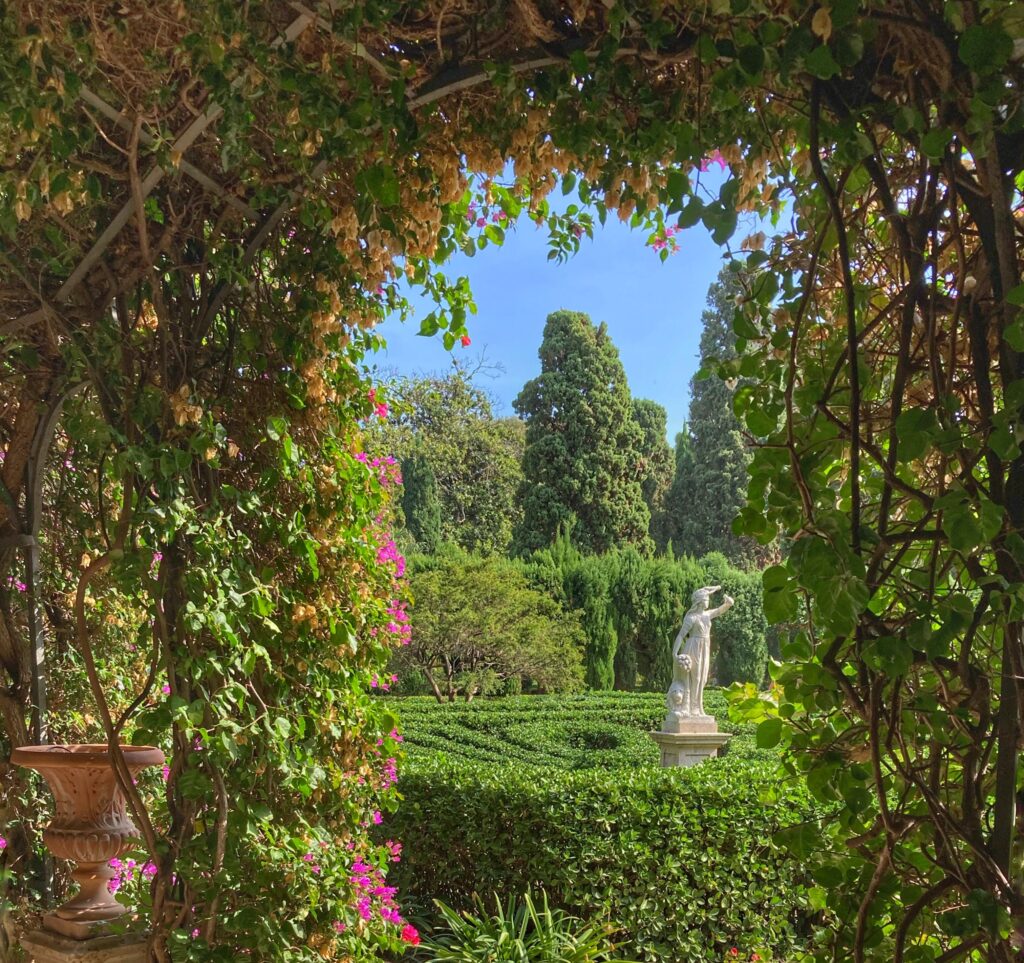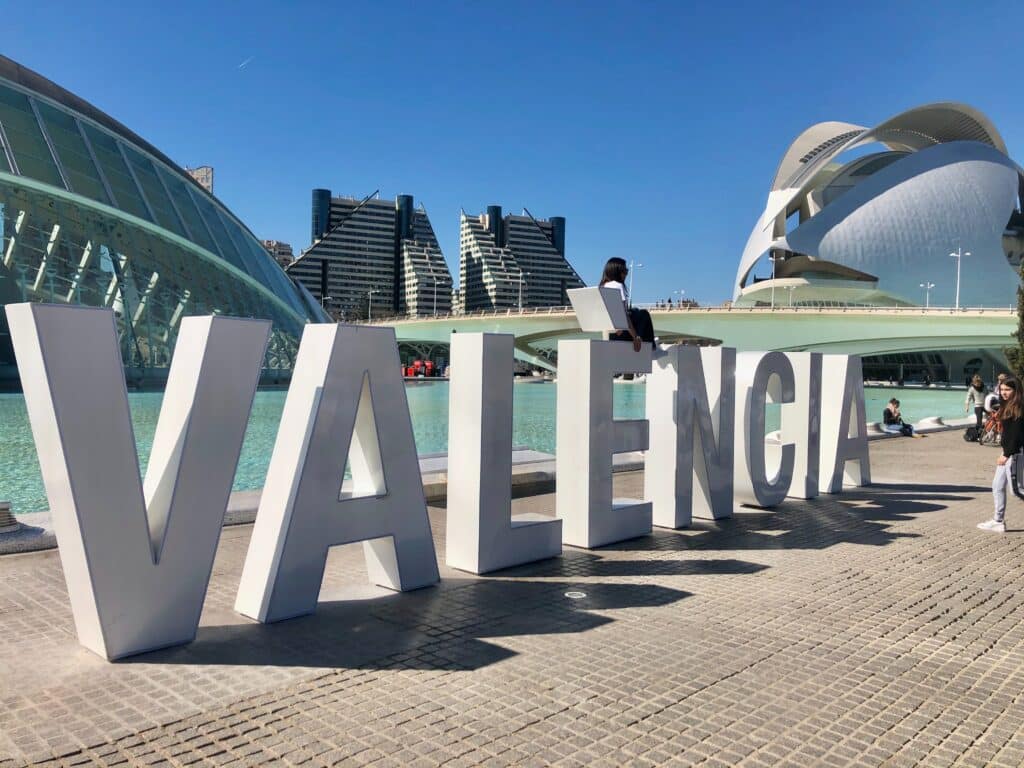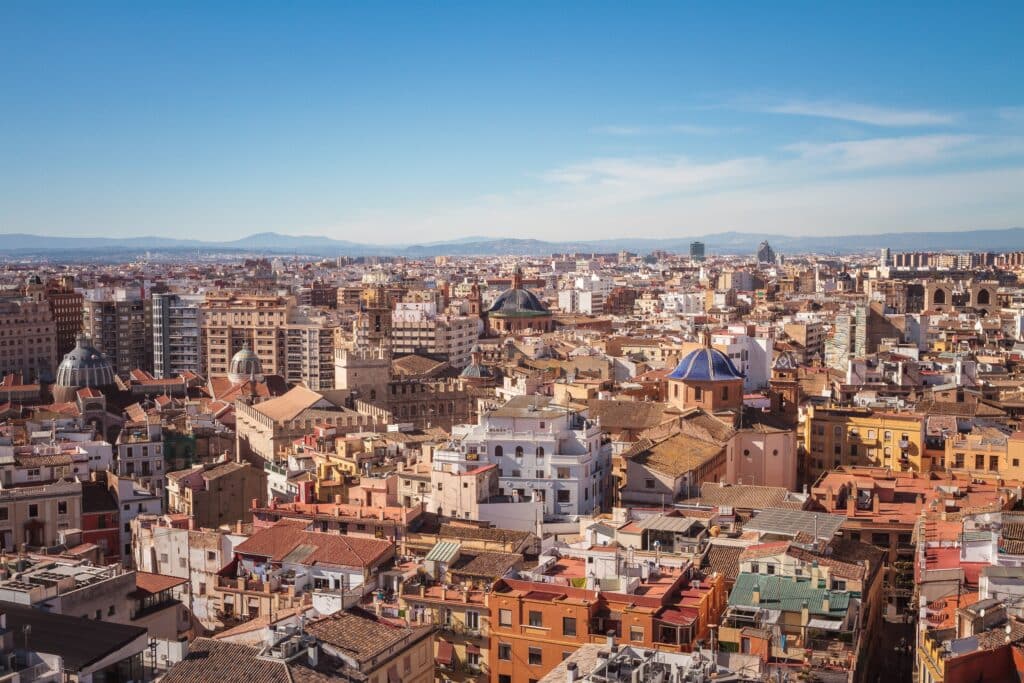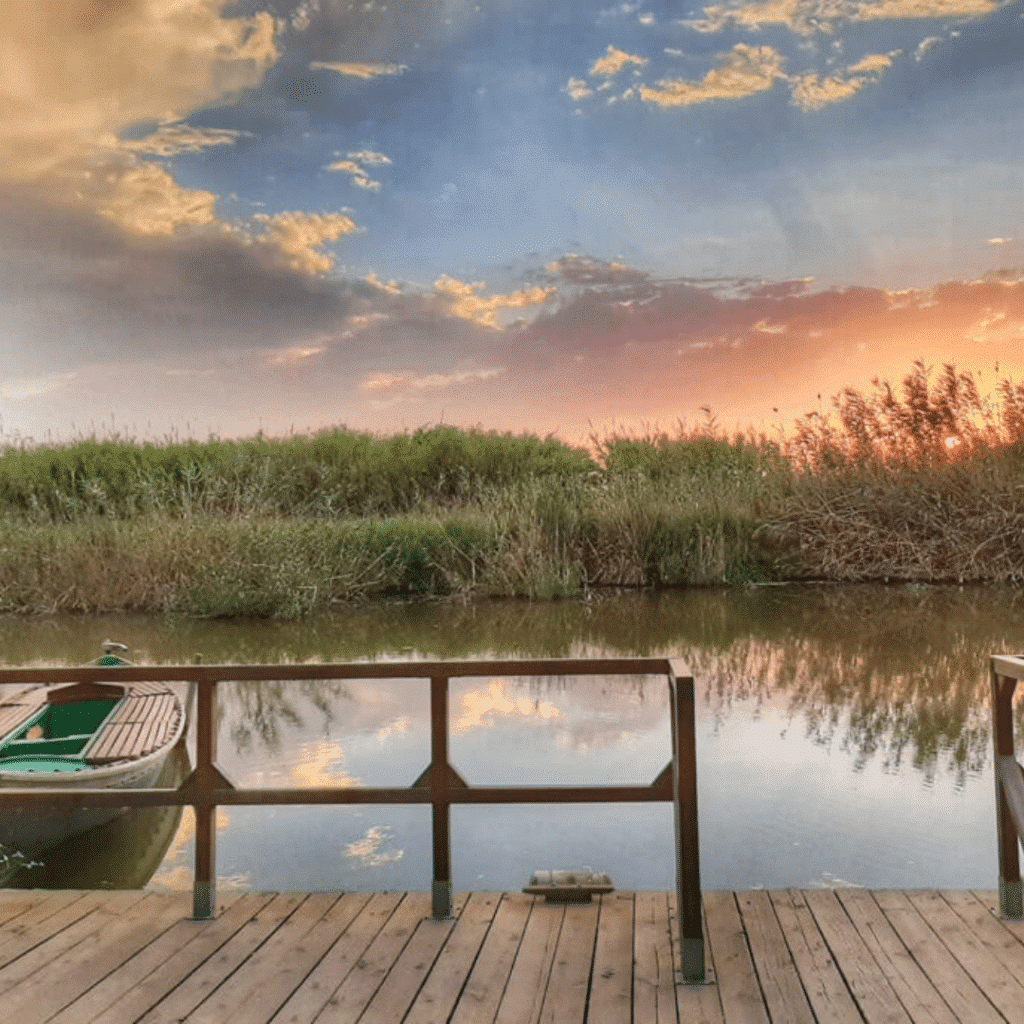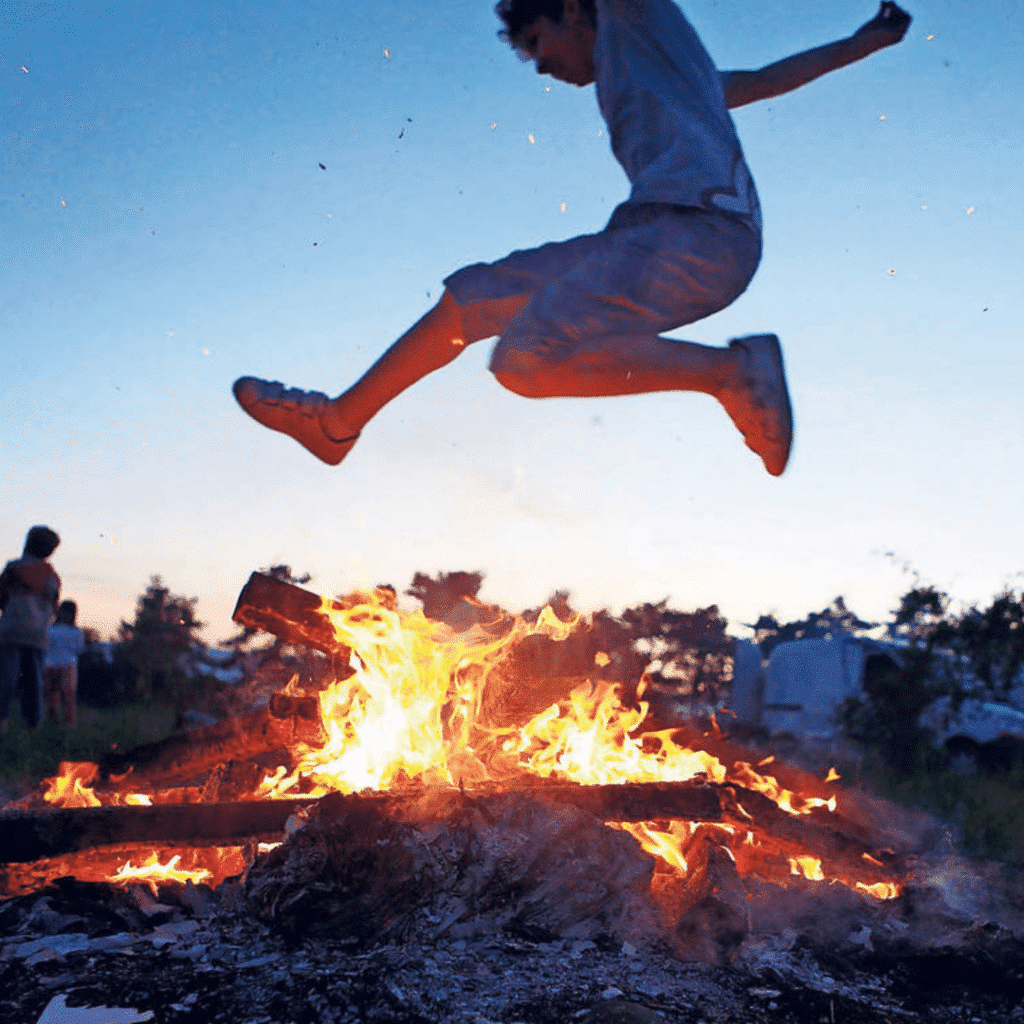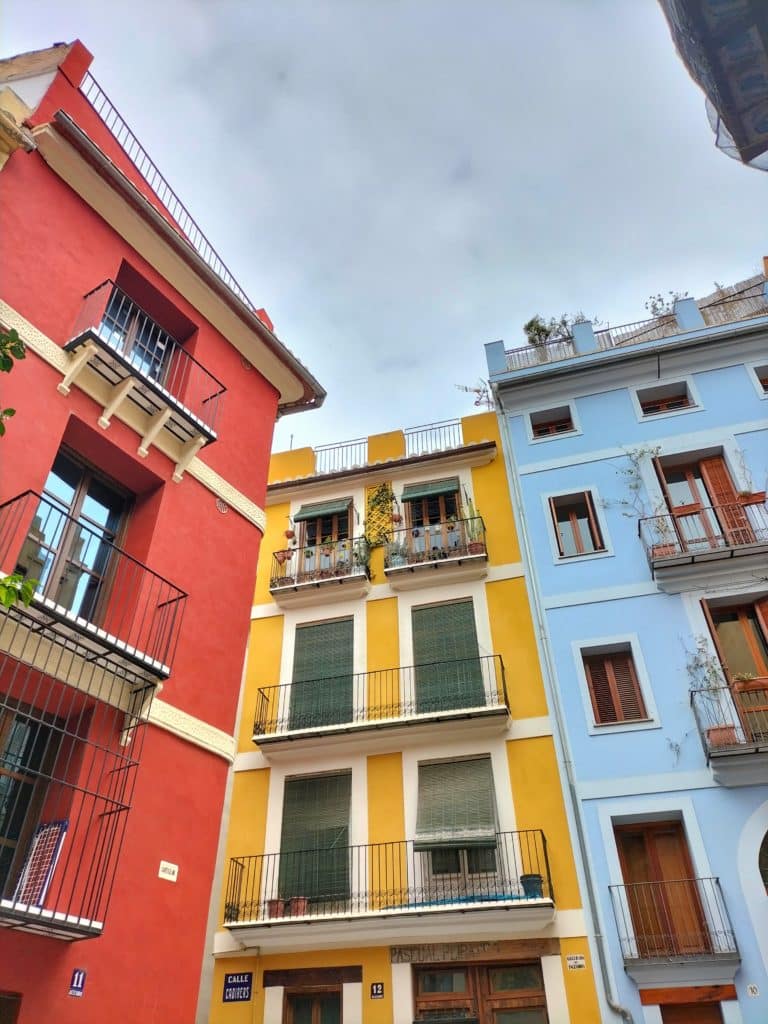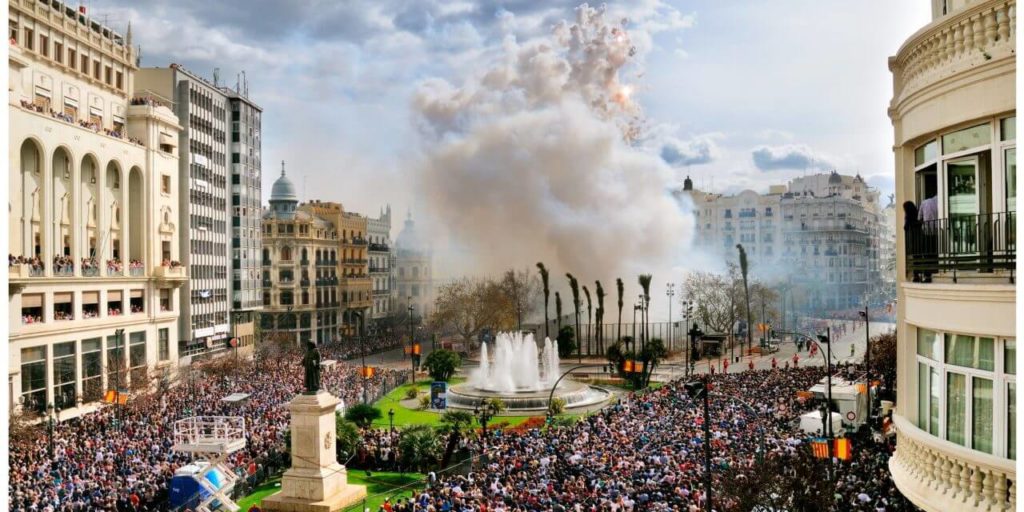We are going to speak about Xativa and its amazing history.
This small town is a synonym of abundance: for its rich history and for its enormous cultural and gastronomic influence.
With almost 30,000 inhabitants, perhaps little known internationally, and even in Spain itself, but it hides legends and historical treasures that marked life on the peninsula.
Due to its strategic position, it is located at the foot of a mountainous massif, and many peoples of antiquity have wanted to get hold of it.
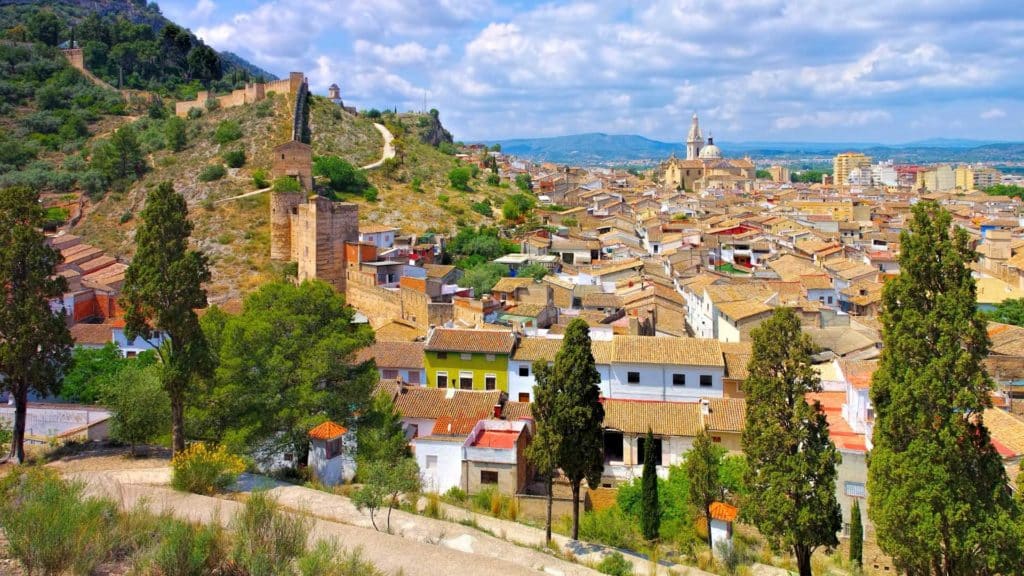
History of Xativa
Through its streets, they passed from the Iberians to the Greeks, through the Phoenicians to the Romans, but it reached its greatest splendor in the Muslim era.
During this time, important paper industry was developed, thus manufacturing rice paper and the first rice mill in Europe was created.
It has always been a pioneer:
The lineage of culture and knowledge: has seen numerous intellectuals and poets such as: Ibn Hazm author of ”El collar de la Paloma”, one of the most relevant works of love poetry in Spanish literature, and Ibn Jubair called the Spanish Marco Polo for his books full of adventures and travels around the world.
It is considered one of the most important cities of the ancient Kingdom of Valencia, even almost as influential as Valencia itself.
And it was also the birthplace of two of the Borgia popes: Calixto III (from 1455 to 1458) and Alexander VI (from 1492 to 1503) of whom you can see the bronze statues at the entrance of the Collegiate Church of Santa María.
But there is no doubt that its great appeal, perfectly preserved today, is the castle that is located at the top of the city, which are actually two castles that have come together over time and have made this city one of the most impenetrable walls ever seen.
The castle of Xativa
Thus divided into two parts built at different times in history, we find:
-
The Minor Castle
Of Iberian construction was the original of this imposing fortress.
Here was born the son of the great Carthaginian general Hannibal Barca and his Iberian wife Himilce in 218 BC, who was the protagonist of the famous story of the journey with the elephants: he crossed the Pyrenees and then the Alps to reach Rome and defeat it.
-
The Castell Major
It was built in medieval times and is located at a higher altitude, so the views are amazing: you can see the city of Xàtiva to the north along with the wonderful Júcar river; looking south we find the famous mountains of Mariola, Grossa, and Benicadell; to the west the border with the community of Castilla la Mancha and to the east even on a clear day you can see the Mediterranean Sea.
This, after the Christian reconquest of Jaume I, became the main fortress on the road between Castile and the capital of the Kingdom of Valencia and was used as a state prison for the former Crown of Aragon.
Both castles are linked through the ridge by a wall that was part of the defensive belt of the city.
Do you understand now why it was a key place that everyone wanted to conquer?
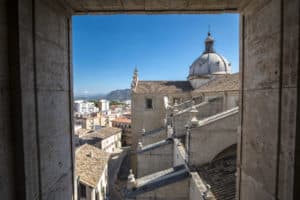
comunitatvalenciana.com – Colegiata Basílica de Santa María, La Seu, Xàtiva
Monumental wealth
But the castle is not the only thing that surprises us about the city…
If you go down from the fortress, you will find the Church of Sant Feliu, the oldest and completed in 1269.
Once you cross the church, you enter the so-called Historic-Artistic Complex, which is the old town of Xàtiva.
The so-called: city of a thousand fountains, houses in its deepest heart monuments of all kinds and periods: towers, churches, palaces, fountains, noble houses…
Characters of the highest bourgeoisie, fighters, artists, and thinkers, strolled through its streets in all luxury, and it converges in a diversity of forms and cultures that makes it even richer.
As monuments to highlight and that you can visit with us: the Collegiate Church, the great church, and l’Almodí, which is a building that was used as a wheat market and today has been converted into an archaeological and fine arts museum. Can you imagine what you can find there? If you like history, in this building you can discover jewels still preserved from antiquity.
In l’Almodí a passage of history takes place in the form of a tragedy for Xàtiva:
During the War of the Spanish Succession, the throne was debated between Philip V of Bourbon and Archduke Charles of Austria.
The Valencian people supported Carlos of Austria so Felipe set fire to the city destroying it almost completely. So, as revenge, the people hung the portrait of Felipe that you can find in the Museum of Fine Arts upside down (and so on and on, will follow!)
Curiosities of Xativa
August Festival
The August Festival is one of the most important celebrations in the region, besides being declared a Festival of National Tourist Interest that takes place from August 14 to 20.
It started out as a cattle fair and although they continue to hold contests on it, it has receded into the background, now being a cultural milestone: markets, performances, parades, and acts centered on dance, art, and song are set up. As in La Noche de las Albaes: which is a traditional Valencian song of ancestral origin. That night the singers gather in the Plaza de Sant Pere to compete in a singing tournament.
The Motorcycling Festival is also very interesting: it is the oldest motorcycling competition in all of Spain on an urban circuit where millions of fans come with their motorcycles from all corners of the country. It has been disputed continuously since 1951.
They also celebrate the Festival de la Cançó: promoting traditional Mediterranean music, so that it is not lost.
And the medieval market is very famous in the area, with craft products of all kinds: food, gadgets…
Xàtiva is color, music, tradition… it is a show, with its wide variety of tournaments for all ages, that week is the dancing queen.
Dream gastronomy
Arròs al forn (baked rice) was born here, not as well known as paella but just as tastier, arròs amb fessols i naps (rice with beans and turnips) and l’arnandí, which is a typical sweet.
Infinite routes in the middle of nature
It has the largest number of natural enclaves in all of Spain, a total of 26.
Of which, stand out: the Borja route and the Cova Negra Natural Park.
The giant nativity scene
At Christmas, you can see in person the largest nativity scene in the country in real size.



